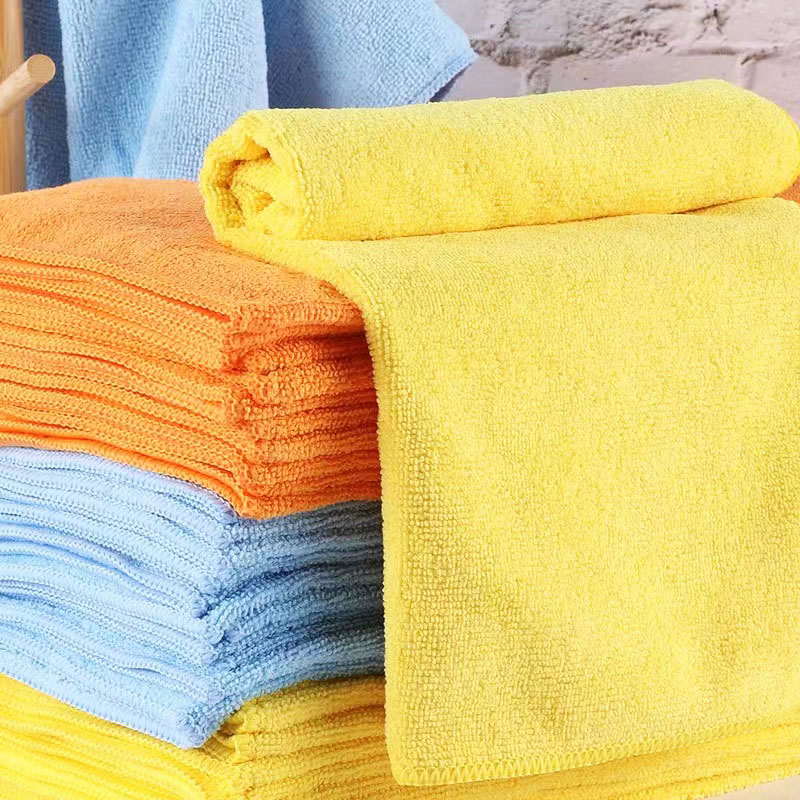Pile Height
Pile height measures how tall, so to speak, the fibers are—longer piles are softer and shorter piles are more rigid. For drying exteriors, use the softest possible option, but for polishing paint or cleaning hard plastics and glass, you can use lower pile fabrics. Generally speaking, very low-pile microfiber is a bit more expensive.
The softest microfiber products can also be more likely to leave lint, but a quick run through the washing machine can help catch any lint shed before the cloth touches your vehicle.
Texture
Texture varieties include waffle and suede. Waffle microfiber provides higher absorbency, while suede ensures uniform softness across the cloth (think of the microfiber that comes with camera gear or eyeglasses). The waffle pattern is mostly useful for drying, and coarser suede is for cleaning and polishing.
Material
Microfiber is usually about 80 percent polyester and 20 percent polyamide. The polyester gives the material its trademark softness and the polyamide lends absorbency. We find that premium towels tend to contain a little bit higher concentration of polyamide compared to budget brands. Higher amounts of polyamide may also help the cloth hold more water and dry a car faster.
Size
Microfiber car cloths come in a range of sizes, from just a few inches wide to multiple feet. It’s most useful to pick a size that matches your work so you can maneuver it easily—for instance, detailing work might warrant a very small square of microfiber, whereas polishing a car requires a bigger fabric. A large cloth can also come in handy for drying the large surface area of a vehicle quickly. Most microfiber cloths are machine-washable and can be reused dozens of times.
Post time: Aug-01-2024


